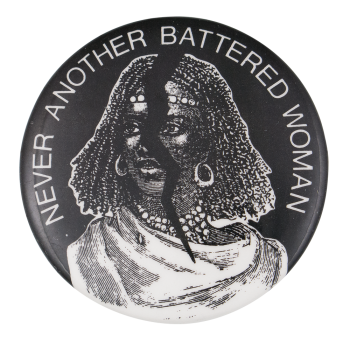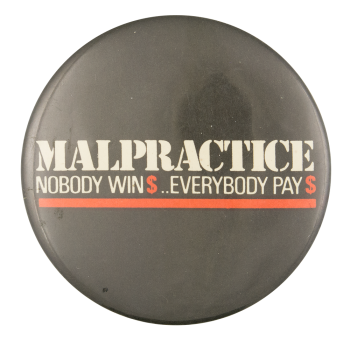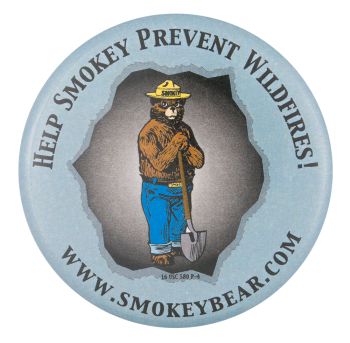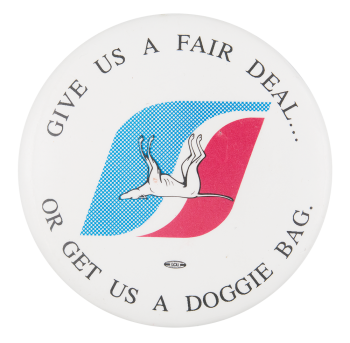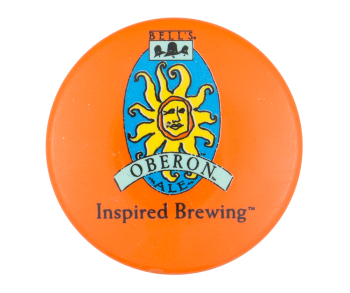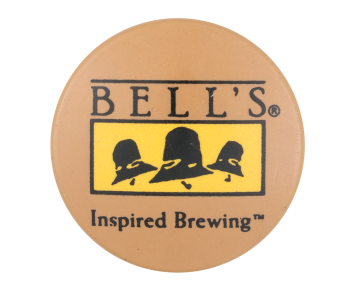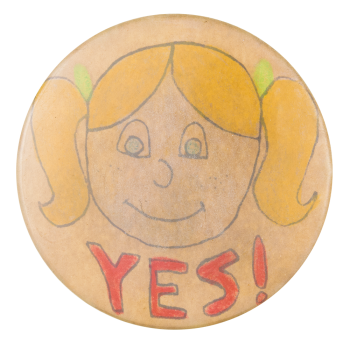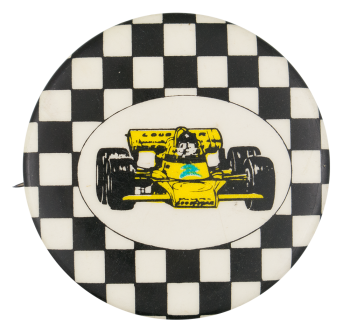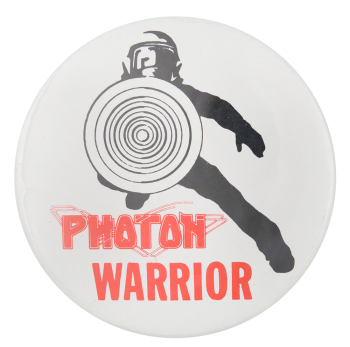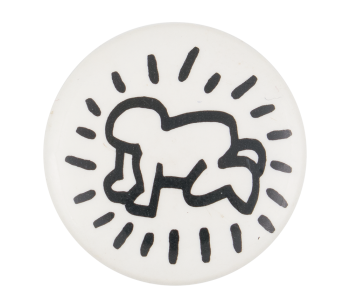Never Another Battered Woman
| Category | |
|---|---|
| Additional Images | |
| Sub Categories | |
| Text on Button | NEVER ANOTHER BATTERED WOMAN |
| Image Description | White text over a black background with an illustration of a woman's head and shoulders with a split down the middle |
| Back Style | |
| The Shape | |
| The Size | |
| Additional Information | “Never another battered woman” was one of three main slogans of the early movement against domestic violence, alongside “stop rape,” and “we can all be battered and raped.” It has become the rallying cry of organizations such as Strengthen our Sisters, a non-profit founded by Sandra Ramos, a well-known advocate, which operates seven shelters and halfway houses for battered women, along with childcare centers to help ease the transition to a new life. Strengthen our Sisters, and other organizations like it, have printed “never another battered woman” on t-shirts as a means of fundraising and raising awareness. The movement, which began in the 1970s, can be traced as far back as 1871, when the United States first acknowledged the act as a crime. Other notable milestones include the development of shelter services starting in 1974, hospital protocol for suspected domestic violence in 1977, the creation of Domestic Abuse Intervention programs in 1980, and the foundation of the Violence Against Women Act of 1994. |
| Sources |
(2018, March 7). History of the "Battered Women's Movement". Retrieved from https://www.breakthesilencedv.org/history-of-the-battered-womens-moveme… Levy, B. (2008). Women and violence : Seal studies. Berkeley: Seal Press. Llorente, E. (2009, October 1). Sandra Ramos, an advocate for the rights of battered women. Retrieved from https://www.aarp.org/giving-back/volunteering/info-10-2009/strengthenin… |
| Catalog ID | CA0683 |

